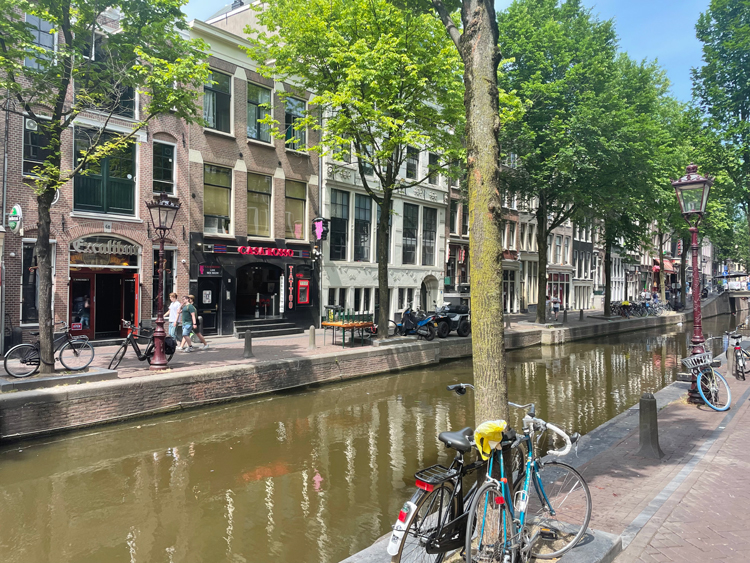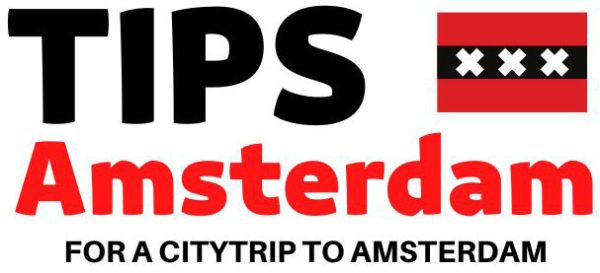The Red Light District in Amsterdam is one of the most well-known and controversial neighborhoods in the world. It’s a place where sex, drugs, and entertainment are on full display, attracting millions of tourists each year. The district is located in the heart of the city and is known for its iconic red-lit windows, where women offer their services to customers passing by. However, there is much more to the Red Light District than just prostitution. It’s a vibrant and historic area with unique architecture, cultural landmarks, and a diverse range of restaurants, cafes, and bars. This area has a fascinating and complex history that dates back centuries and has evolved over time. Despite its controversial reputation, the Red Light District remains a popular destination for travelers seeking to experience Amsterdam’s liberal culture and explore its infamous nightlife.

What is the Red Light District?
It is acknowledged that the Wallen may be somewhat enigmatic, so more information is provided and the most commonly asked questions are addressed. The Wallen is not a designated tourist attraction and does not have a specific entrance or exit. Instead, it is simply a small neighborhood composed of two canals and various connecting streets. Within this area, visitors can find a wide range of adult entertainment, including sex shows, sex shops, and brothels featuring women in windows.
In addition to these, there are also plenty of restaurants, bars, and hotels in the area. Due to its unique offerings, the neighborhood draws many tourists seeking an experience unlike any other. The following section provides answers to some of the most frequently asked questions about the Wallen

History of the Wallen
The history of the Red Light District dates back to the 16th century when the Protestants overthrew the Catholic government and transformed the area into a nightlife and entertainment center for sailors and travelers passing through Amsterdam. During this time, the harbor was one of the city’s most important trading centers. It is interesting to note that Amsterdam has always been a seaport until the construction of the Afsluitdijk in 1932, which separated the Zuiderzee from the North Sea.
Casa Rosso

Casa Rosso is a popular theater in Amsterdam’s Red Light District, known for its erotic shows and performances. It was established in 1968 and has since become an iconic part of the area’s entertainment scene. The theater features a variety of shows, including live sex shows, burlesque performances, and comedy acts. It has a distinctive pink neon sign outside, which has become a recognizable symbol of the Red Light District. While controversial, Casa Rosso remains a popular attraction for tourists visiting the area.
The Rules of Red Light Districht
One should prioritize showing respect towards the neighborhood and its inhabitants. A list of guidelines is provided below to follow. Although there is no age restriction to access the area, it’s important to consider if the visit is necessary, as the neighborhood and prostitutes are already under significant pressure from tourism. The prostitutes work to make a living, and it can be unpleasant for them to have people gawking at them from outside their windows. If the visit is for educational purposes, one can check out the Prostitution Information Center or the Red Light Secrets prostitution museum. However, the shows, shops, and brothels have a minimum age requirement of 18 years.

Is it safe?
Yes, the area is safe to visit both during the day and at night. The only thing to be aware of is pickpockets who try to take advantage of the crowds.
How can you use the services of prostitutes?
If you want to use the services of the prostitutes, walk up to a window and make it clear that you are interested. They will open the door for you and you can discuss your wishes. Treat the women with respect and as you would want to be treated yourself. If you agree to the service and price, you can be let in. You pay in cash so make sure you have enough money with you. Remember that they have the right to refuse. Do not take it personally, because you may look like one of her family members.
There is no entrance fee for the Wallen, making the neighborhood freely accessible to the public. This means that there are no costs associated with visiting the area. However, the prostitutes working in the Red Light District set their own prices based on the services and requests of their clients. Typically, prices start at €50 for a short 10-15 minute service at most brothels. If a customer has specific requests, additional time may be needed and extra costs may be incurred. These prices are merely an indication, as the prostitutes in the Red Light District have their own individual rules and pricing policies.

The Blue Light District Amsterdam
There is no official “Blue Light District” in Amsterdam, as the term is colloquially used to refer to areas with transgender or transvestite sex workers. However, such areas are not formally recognized as a separate district like the Red Light District. Amsterdam’s approach to sex work is highly regulated and concentrated in certain areas, such as the Red Light District. The city takes measures to ensure the safety and rights of sex workers.

Practical information
Two streets or canals, namely Oudezijds Voorburgwal and Oudezijds Achterburgwal, form the center of the Red Light District. Furthermore, the Red Light District officially includes the connecting streets and surrounding areas.
Recently, window prostitution in the Red Light District must close three hours earlier on weekends, at 3:00 am instead of 6:00 am. Bars must close at 2:00 am and are not allowed to admit new guests from 1:00 am. The adjusted times are part of measures to reduce overcrowding and nuisance in the city center.
